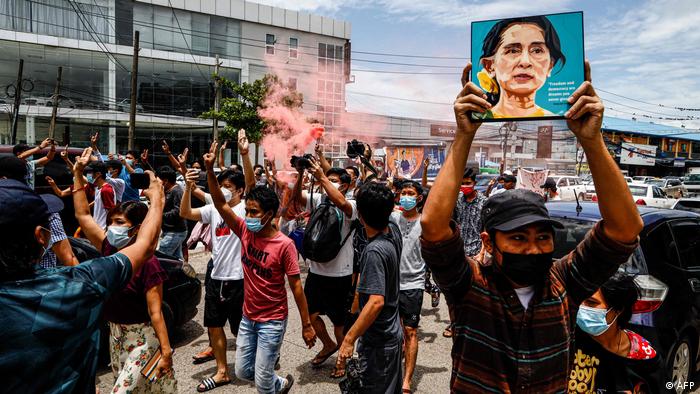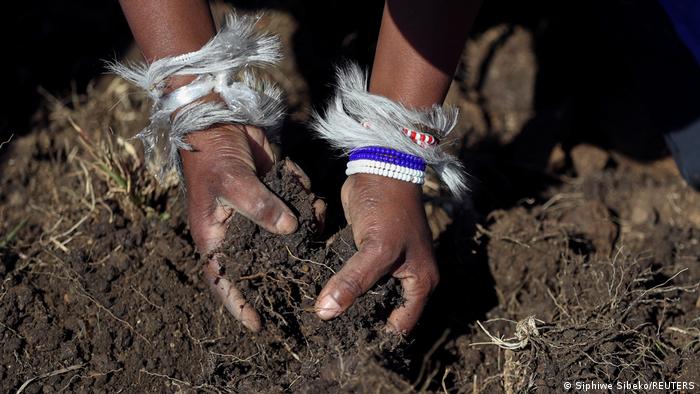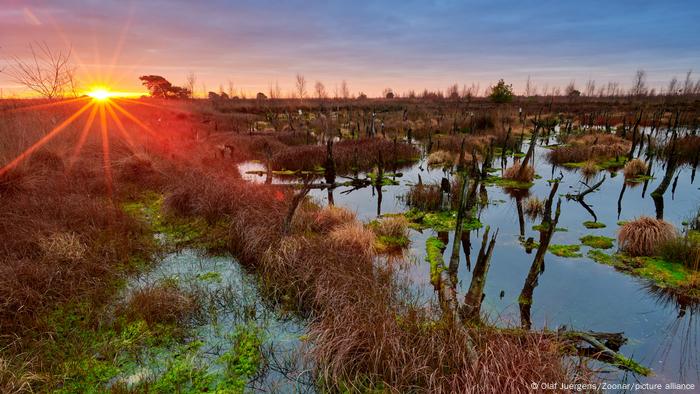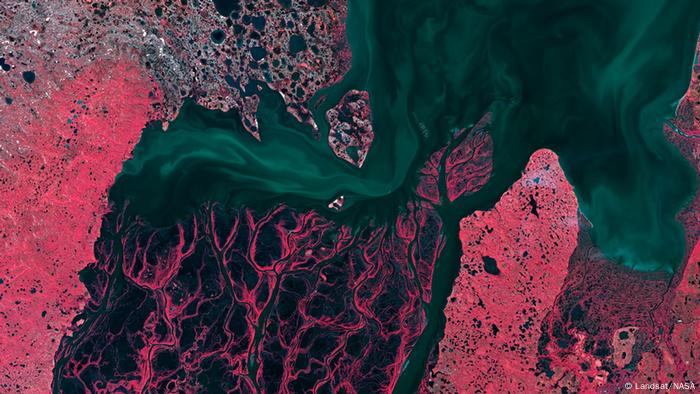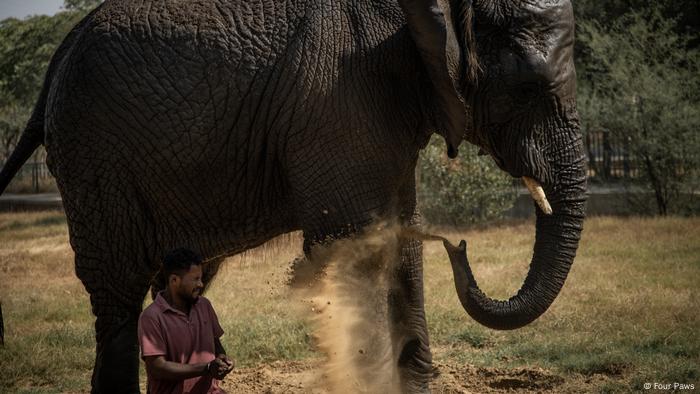‘Historical accident’: how abortion came to focus white, evangelical anger
Jessica Glenza
Sat, December 4, 2021
Public opinion on abortion in the US has changed little since 1973, when the supreme court in effect legalized the procedure nationally in its ruling on the case Roe v Wade. According to Gallup, which has the longest-running poll on the issue, about four in five Americans believe abortion should be legal, at least in some circumstances.
Yet the politics of abortion have opened deep divisions in the last five decades, which have only grown more profound in recent years of polarization. In 2021, state legislators have passed dozens of restrictions to abortion access, making it the most hostile year to abortion rights on record.
This schism played out in the US supreme court on Wednesday, when the new conservative-dominated bench heard oral arguments in the case of Dobbs v Jackson Women’s Health Organization, the most important abortion rights case since Roe.
In somber arguments, justices questioned whether the state of Mississippi should be allowed to ban nearly all abortions at 15 weeks gestation, nine weeks earlier than the current accepted limit. While the ruling, expected by the end of June next year, is far from a foregone conclusion, justices in the conservative majority appeared to signal their support for severely restricting abortion access, a right Americans have exercised for two generations.
The divisive question among the conservative majority appeared to be whether abortion should be restricted to earlier than 15 weeks, weakening Roe, or if the precedent set in Roe should be overturned entirely.
Summarizing Mississippi’s argument, the conservative justice Brett Kavanaugh, who was controversially nominated to the court by Donald Trump in 2018, said “the constitution is neither pro-life nor pro-choice … and leaves the issue to the people to resolve in the democratic process.” If the issue is returned to the states, 26 states would be “certain or likely” to ban or severely restrict abortion access.
The religious right in the US has been laying the foundations of this decisive challenge to abortion rights for years. According to historians and researchers, it has taken decades of political machinations for the campaign to reach this zenith. The movement has intersected with nearly every major issue in American politics for the last five decades, from segregation to welfare reform to campaign finance.
The conservative anti-abortion movement “was a kind of historical accident”, said Randall Balmer, a professor of American religious history at Dartmouth University and author of the recently released book Bad Faith: Race and the Rise of the Religious Right.
It wasn’t until Republican strategists sought to “deflect attention away from the real narrative”, which Balmer argues was racial integration, “and to advocate on behalf of the fetus”, that largely apolitical evangelical Christians and Catholics would be united within the Republican party. Balmer argues that advocacy was nascent in 1969.
Although the supreme court decision in Brown v Board of Education called for an end to racial segregation in schools in 1954, many schools continued de facto segregation 14 years later.
Then, the supreme court weighed in again, and ordered schools to integrate “immediately”. This prompted white southerners to form “segregation academies”, whites-only private Christian schools which registered as tax-exempt non-profit charities. African American parents in Mississippi sued, arguing this was taxpayer-subsidized discrimination. They won, and in 1971, tax authorities revoked the non-profit status of 111 segregated private schools.

Marchers in St Paul, Minnesota, protested against the supreme court’s Roe decision, January 1973. Photograph: AP
In Balmer’s view, revoking the non-profit status of segregated private schools catalyzed evangelical Christian leaders, but even in the early 1970s defense of racial segregation was not a populist message. However, defense of the fetus could be.
Republican operations began to test abortion as a vessel for the collective anxieties of evangelical Christians, and Roe as a shorthand for government intrusion into the family after the sexual revolution of the 1960s. Eventually, abortion became the reason for evangelicals to deny the Democratic president Jimmy Carter, himself an evangelical Christian, a second term.
Evangelical opposition to abortion “wasn’t an anti-abortion movement per se”, said Elmer L Rumminger, an administrator at the then whites-only Christian college Bob Jones University, said in Balmer’s book. “For me it was government intrusion into private education.”
At the same time, the anti-feminist Republican activist Phyllis Schlafly was connecting anxiety about women’s changing roles in society with abortion. In a 1972 essay, she described the feminist movement as “anti-family, anti-children, and pro-abortion,” and the writing of contemporaneous feminists as “a series of sharp-tongued, high-pitched whining complaints by unmarried women”.

Phyllis Schlafly opposed abortion as part of her anti-feminist agenda.
By the 1978 midterm congressional elections, Paul Weyrich, one of the architects of modern conservatism, was testing abortion as a campaign issue with evangelical Christians with a small fund from the Republican National Committee. Roman Catholic volunteers distributed hundreds of thousands of leaflets in church parking lots in Iowa, New Hampshire and Minnesota, and their efforts prevailed. Four anti-abortion Republicans ousted Democrats.
The groundwork laid by Schlafly and Weyrich made “Roe shorthand for a host of worries about sex equality and sexuality”, wrote Mary Ziegler, a law professor at Florida State University and author of After Roe: The Lost History of the Abortion Debate.
“Even as late as August 1980, the Reagan-Bush campaign wasn’t certain abortion would work for them as a political issue,” said Balmer. However, as Reagan sailed to victory, he was carried in part by religious voters hooked on the promise of a constitutional amendment to ban abortion. When a constitutional amendment failed, a new strategy took hold: control the supreme court.

An anti-abortion demonstration in Boston, January 1981.
Historians said segregation was only one part of a complex and multifaceted movement, which has long seen itself as a human rights campaign. By the 1970s, “there was an anti-abortion movement which was influential and pretty effective in the states that was ready for the new right to work with,” said Ziegler.
In the coming years, Reagan would recast the politics of reproduction through a new racist prism, as he introduced the mythical stereotype of the “welfare queen”. The image allowed politicians to portray “all single mothers as persons of color and all persons of color as dependent on public assistance”, wrote the reproductive rights activists Loretta Ross and Rickie Solinger in their 2017 book Reproductive Justice: An Introduction.
The image divorced family wellbeing and welfare support from abortion access and rights. Thus, the “broad middle ground” of issues that anti-abortion and pro-choice voters agreed on became “firmly partisan”, said Julia Briggs, author of How All Politics Became Reproductive Politics, and professor and chair of women, gender and sexuality studies at University of Massachusetts, Amherst.
By the 1990s, anti-abortion activists had professionalized. So called “right to life” organizations rallied the base, and religious law firms dedicated themselves to fighting abortion in courts. The supreme court weighed in on abortion again in 1992, in another watershed case called Planned Parenthood of Southeastern Pennsylvania v Casey. The case allowed states to restrict abortion, as long as such restrictions did not create an “undue burden” on the right to abortion and served the purpose of either protecting the woman’s health or unborn life.
States hostile to abortion passed “Trap” laws, or targeted regulations of abortion providers, which required abortion clinics to become the “functional equivalents of hospitals”, according to legal scholars. States instituted 24-hour waiting periods for abortion, state-mandated inaccurate information and invasive sonograms.
Many clinics went out of business as they struggled to meet the expensive new requirements, and pregnant people struggled to obtain abortions as they had to travel further and spend more to find a provider.
These laws would also play an outsized role in the Dobbs hearing. Conservative justices debated whether they could keep the “undue burden” standard while jettisoning a central tenet of Roe, that women can terminate a pregnancy until a fetus can survive outside the womb, or “viability”.
“Why is 15 weeks not enough time?” asked Chief Justice John Roberts, a conservative, in the hearings.
The politics of reproduction spurred new debates on acceptable restrictions on birth control, stem cell research and sex education during the George W Bush administration. But it was the election of Barack Obama, America’s first Black president, that supercharged Republican opposition.
In 2010, the Tea Party swept the midterm elections. More extreme candidates entered Congress and statehouses through the practice of challenging incumbents in districts gerrymandered to be reliably Republican. And, in a decision not typically thought of as an anti-abortion victory, the chief counsel for National Right to Life successfully argued a supreme court case that would unleash vast sums of dark money into American elections – Citizens United v Federal Election Commission.
“The anti-abortion movement, over time with other conservative allies, worked to change things like the rules of campaign finance for the conservative movement,” said Ziegler. “Anti-abortion lawyers played an integral part in cases like Citizens United.”
By the time Donald Trump ran for president, evangelical Protestants had become more anti-abortion than the Catholic voters who were once the bedrock of anti-abortion advocacy. Seventy-seven per cent of white evangelical Christians say the procedure should be illegal, compared with just 43% of Catholics, according to the Pew Research Center.

A Trump supporter with an anti-abortion T-shirt at a September 2020 rally.
Trump harnessed the anger of white evangelicals for a victory in 2016, with a mix of hardline anti-abortion politicsand xenophobic nativism. Trump abandoned his 1999 stance as “very pro-choice”, saying there should be “punishment” for women who have abortions, and promised to nominate conservative supreme court justices who would “automatically” overturn Roe v Wade.
Today, overwhelmingly white “Christian nationalist” voters believe their religion should be privileged in public life, a goal to be attained “by any means necessary”, according to social researchers such as Indiana University associate professor Andrew Whitehead.
Supreme court decisions are notoriously difficult to predict, but abortion rights activists believe Wednesday’s hearing shows that conservative justices are ready to significantly weaken or perhaps overturn Roe v Wade.
If that happens, young, poor people of color will disproportionately suffer, forced to carry unwanted pregnancies to term. Such an outcome is so severe human rights advocates have said state abortion bans would violate United Nations conventions against torture and place the US in the company of a shrinking number of countries with abortion bans.
On Wednesday, the court’s three outnumbered liberal justices argued neither the science, the enormous consequences of pregnancy nor the American polity had changed since the court last decided a watershed abortion rights case. But, because of the work of anti-abortion politicians, the makeup of the court’s bench had.
“Will this institution survive the stench that this creates in the public perception that the constitution and its reading are just political acts?” asked the liberal justice Sonia Sotomayor. “I don’t see how it is possible.”



